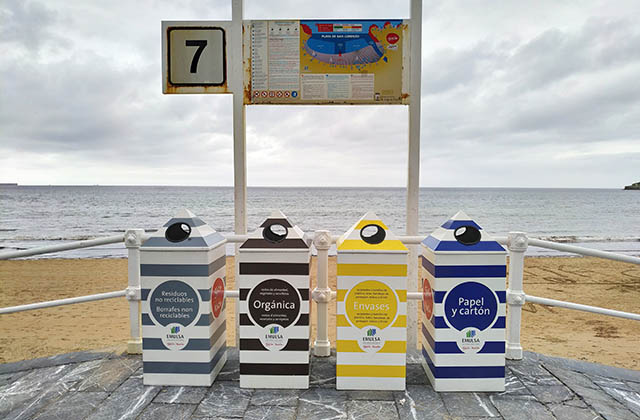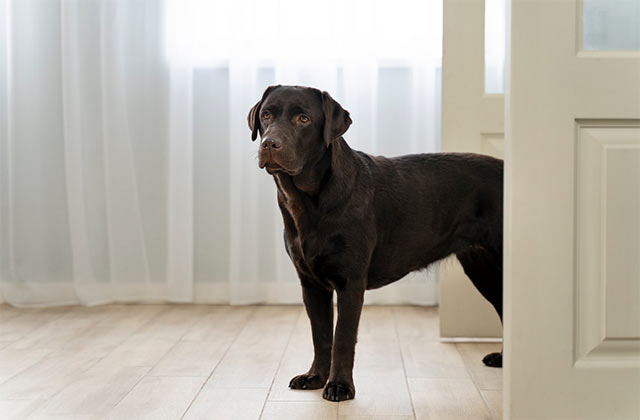Cut glass to size using water, baking soda and a microwave
Introduction
Whether you’re a DIYer or just looking for a new way to cut glass at home, this method can help. It’s cheap and easy to do, and it results in a rough edge that needs to be sanded down before you can use your new square of glass. Buy window glass during your home remodel, or window replacement project.
You can cut glass to size using water, baking soda and a microwave.
You can cut glass to size using water, baking soda and a microwave.
You will need:
- Pint-sized glass bottles with lids or caps that are not made of plastic. These bottles can be reused for other purposes after you cut them open. You can find these at craft stores. You may also be able to source them from local businesses that sell bottled beverages in bulk; do not use old beer bottles!
- Water
- Baking soda (not baking powder)
This will result in a rough edge that needs to be sanded down.
The easiest method for cutting glass to size is to use a saw, but this can be dangerous if you’re not an experienced cutter.
Another option is using a diamond wheel or grinder, but these tools also require experience and come with the same inherent dangers as using a saw.
For those who don’t have access to these types of equipment or who prefer not to use them, there are other options for cutting glass that don’t involve power tools. A laser can be used to cut glass into shapes; however, it’s important to consider the need for safety glasses when working with lasers because they can cause permanent blindness if you’re exposed directly while they’re on. There are also tools available at hardware stores (like those used by plumbers) which can be used in place of power tools like saws and grinders; however, there are still many risks associated with this method due primarily to inexperience with these types of tools (e.g., burns from hot water).
You need to use a microwave-safe container with a flat bottom.
It’s important to use a microwave-safe container when making this project. This means the glass will be able to withstand high temperatures without shattering.
You should also select a container with a flat bottom, as opposed to one that has a curved or rounded bottom. The reason for this is that the glass needs to rest on something flat in order for it to be properly supported and not tip over during heating in your microwave oven.
If you plan on using your own mug as opposed to buying one specifically for this project, make sure it isn’t too tall or wide—the lid from an old coffee mug might look nice, but it won’t fit inside most microwaves!
This method will also work if you use sugar instead of baking soda.
While baking soda is less abrasive than sugar, it’s still not ideal for delicate glass. If you don’t have baking soda on hand, or if the piece of glass is too small to allow for repeated use of the microwave, then sugar will work just fine. The method is the same as using baking soda.
Just add a few drops of water and mix together until there are no lumps of dry powder left in your bowl. Pour some onto your hot plate and place the glass on top of it. It should begin to bubble almost immediately! Make sure that you keep an eye on this process so that you can pull out your piece when done properly (once bubbles stop appearing).
Cutting glass at home doesn’t have to be so difficult!
Cutting glass at home doesn’t have to be so difficult! It’s a great way to save money and recycle used glass, but if you don’t do it correctly, you can end up with jagged edges that are sharp enough to cut your hands.
The solution? Cut it in the microwave!
In this tutorial, I’ll show you how to use water, baking soda and some elbow grease (and maybe some safety goggles) to make any type of windowpane into the exact size you need.
Conclusion
Cutting glass at home doesn’t have to be so difficult! Try this method next time you need to cut some glass for your project or hobby. It’s quick, easy and doesn’t require any special tools besides a microwave-safe container with a flat bottom (or sugar instead of baking soda).





